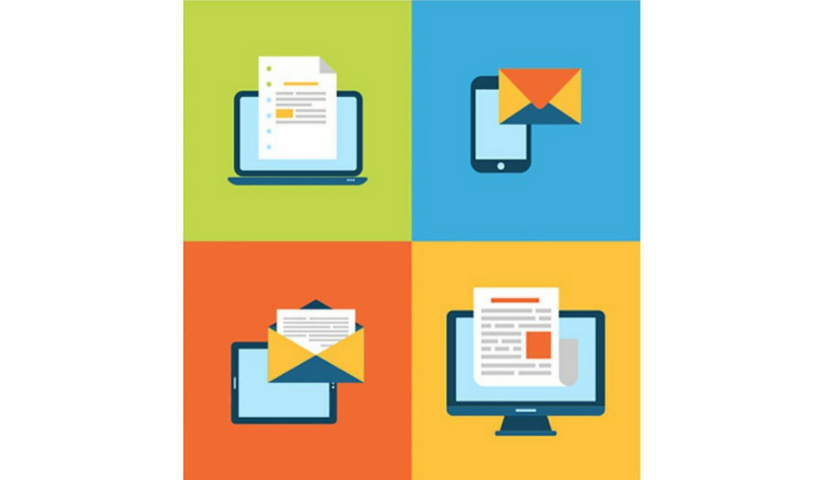
In recent years, the surge of interest in social media has overshadowed e-mail campaigns. But the latter are becoming more important, especially with the growing use of complementary solutions such as marketing automation or predictive data analysis.
You have to remember that emailing is still among the fundamental tactics for the implementation of a good marketing strategy. This goes for almost any company. When well used in B2B, it can generate impressive results. According to a study by McKinsey, email is 40 times more efficient than social networks to attract customers. According to Hubspot, 59% of B2B marketers cite e-mail as the most effective channel for generating revenue.
That said, let’s look at some good practices to make your email campaigns a success!
1-Respect your audience
The low cost of e-mail mustn’t fool you into thinking your customers will accept anything you throw at them. Your business’s reputation is at stake. Respect for your audience must be apparent at several levels.
Firstly, although it seems almost too obvious, is not to solicit people who don’t want you to. This is why all emails must include the option to unsubscribe to your mailing list. In Canada, Bill C28 forces companies to apply this best practice by seeking prior consent.
Respect for your audience also depends on the frequency of your e-mails. Don’t inundate your email contacts, and remember that one email is equal to one message.
And speaking of the message… The better you adapt it to you customers, the more you customize it to their tastes and preferences, the more you’ll hold your audience captive. To do this, consider segmenting your contacts according to their interests and their needs, but also their place in the purchase cycle and even in the life cycle of your products.
2-Design your emails carefully
Although e-mail can have a very short “shelf life”, it embodies your business’s image, just as much as any other media. It must therefore respect your business’s graphic standards. At Exo B2B, we recommend developing a typical email header and footer that share same graphic theme as other communication media. The rule for e-mail content is to make short and concise. Your readers only give themselves a few seconds to read your message. It must therefore be direct and effective.
A picture is worth is a thousand words, so it is natural and highly recommended to include one in your emails. Moreover, although some are still skeptical about this, there are more and more e-mail campaigns that resort to imbedding video. I believe it is a safe bet that in a few years, most emails will contain video.
Last but not least, make sure your e-mails are displayed correctly throughout the various platforms. Indeed, according to Litmus, more than half of e-mails worldwide have been opened on mobile devices since 2015. In other words, think mobile first and desktop second!
3-Be tactical
It has to be remembered that the e-mail is gaining value within the web ecosystem. Any given email must therefore direct the reader to your site, ideally towards a landing page that will allow your target to interact with your business.
An email is sent to deliver a message to its target audience, but it is also an opportunity to get to know the target audience better. How? The analysis of the results of your emails is rich with exploitable data. For example, say you send out invitations to trade shows in which your company participates. Opening and click rates will give you an idea of the relevance of the participants. Finally, the analysis of the results must also contribute to a process of continuous optimization.
One good practice is to methodically conduct A/B testing. These tests can cover both the form and substance and may concern different elements separately such as title, texts, images, calls to action, etc. Eventually clear customer preferences will emerge.
Conclusion: the use of emails will continue to grow
Finally, although email is a mature channel in B2B, its use will continue to grow. To ensure its effectiveness, companies must fully integrate it into their content strategy. This means setting up processes in line with sales cycles. This is a long-term job that needs to be re-evaluated regularly, but that will guarantee efficient email campaigns that will pay off.




